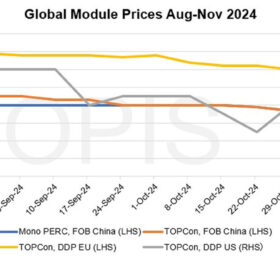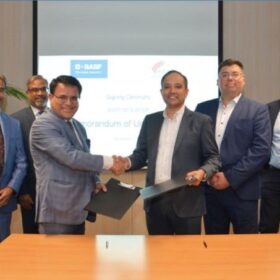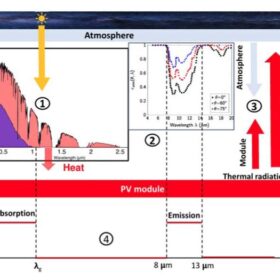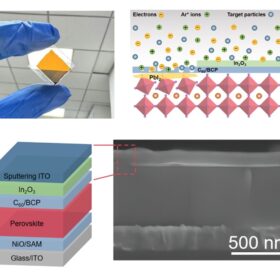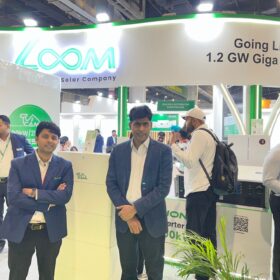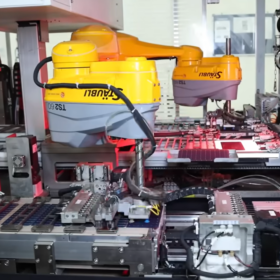U.S. Congressmen introduce bill to block implementation of 45X tax credit
Congressmen John Moolenaar and Jared Golden introduced a new bill that aims to halt advanced manufacturing tax credits.
Northvolt CEO steps down following bankruptcy filing
Company co-founder Peter Carlsson steps down from CEO position at Northvolt in the wake of Chapter 11 announcement in the United States. The Swedish battery maker has embarked on a debt restructuring process and is seeking new sources of funding.
Global solar module prices stable-to-soft as markets absorb news of U.S. election, policy changes
In a new weekly update for pv magazine, OPIS, a Dow Jones company, provides a quick look at the main price trends in the global PV industry.
Solar panel price drop in November may mark end of downward trend
Martin Schachinger, founder of pvXchange.com, says the 8% price drop in November for solar modules could mark the end of sustained declines, as market signals are pointing to a possible recovery.
The Hydrogen Stream: ACME Cleantech, BASF sign agreement to supply green ammonia to Europe
ACME Cleantech and BASF have also signed a Memorandum of Understanding (MoU) to explore further collaboration in the green ammonia business.
Unlocking the potential of radiative cooling for photovoltaic modules
Radiative cooling is an emerging technology that holds the potential to enhance the performance and longevity of PV modules. Researchers from the Institute of Nanotechnology of Lyon explain how this technology may reach commercial maturity.
All solar cell efficiencies at a glance – updated
The research group led by Professor Martin Green has published Version 65 of the solar cell efficiency tables. There are 17 new results reported in the new version.
Perovskite-silicon tandem solar cell based on indium oxide buffer layer achieves 30.04% efficiency
Researchers in China have fabricated a perovskite-silicon tandem solar cell that utilizes an indium oxide sputtering buffer layer to protect the perovskite absorber and the electron transport layer from potential damages arising from the electrode deposition process. The new layer not only ensured this protection but also showed strong optical and electrical properties.
Colombian researchers design agrivoltaic system with hydroponic towers
Colombian researchers have designed an agrivoltaic system integrating hydroponic growing towers. The modular array, consisting of stackable 20 cm rings, creates a structure up to 2.5 meters tall, optimized for cultivating approximately 80 plants per square meter.
Wood Mackenzie forecasts 77 GW of floating solar globally by 2033
Wood Mackenzie predicts that the global floating solar market will be dominated by the Asia-Pacific (APAC) region and led by India, China and Indonesia through to 2033. The consultancy says growth will be driven by rising demand, decreased capital expenditure and supportive policies.


